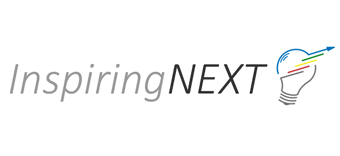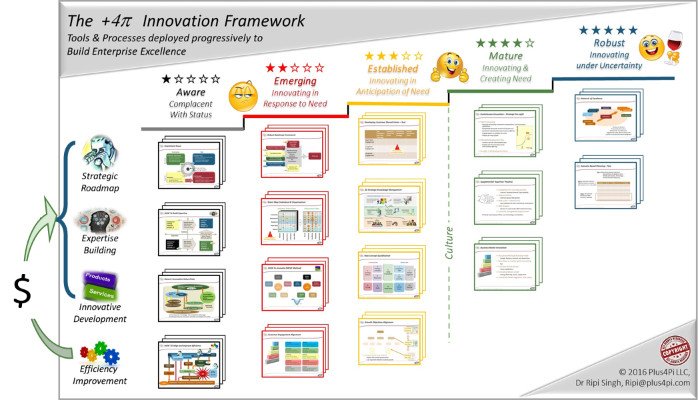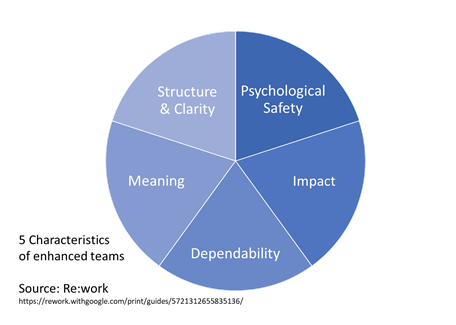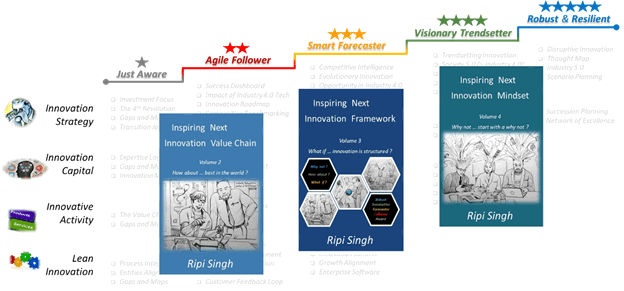What is your Innovation Profile ?
A simple question, with a fuzzy answer, and a difficult path to trek.
Just a few years ago, I was grappling with this question, and dancing around the possible hypothesis in futile attempt to convince my superiors on the preferred innovation investment opportunities. I wish I had these answers sooner in my career.
Innovation Profiles
Aware These are the companies that have successfully innovated and know how to. They just cannot sustain it for one of the many reasons.
Agile Follower These companies innovate in response to market demand and successfully compete on cost and time to market. They are listening to the customers, and benchmark themselves against the competition. They are good at “How” and want to know “What”
Smart Forecaster These companies innovate in anticipation of market demand and try to be among the first few in the market place to easily recover their investment. They empathize with the customer to understand the un-articulated needs, and invest in competitive intelligence to predict their moves. They ask “Why” in addition to their understanding of “What” and “How”.
Visionary Trendsetter These companies innovate and create a demand. They educate the customers on why and how of their offerings, while making the competition irrelevant. They start with “Why Not”
Robust Icon These are the trendsetters, who have built resiliency through strategic scenarios, expertise, branding, and cash reserves that they can absorb any emerging disruption, even if they missed a trendsetting scenario.
With this simplistic definition, you should be able to see where you are and where you want to be.
Building your innovation profile
To move from one profile to another, you need to progressively create a strategic road-map, and systematically build the expertise to create innovative offerings. The +4π Innovation Framework is a proven set of best practices, structured to help companies re-build the culture of innovation.
Strategic Road-map Defines what products and services would a company develop with timeline to capture the market share. Set of tools progressively add rigor to the road-map through Bench-marking, Portfolio balancing, Project prioritization, Competitive intelligence, Smart forecasting, and Scenario based planning.
Expertise Building Defines what Talent, Knowledge, Assets and IP, are required when to support the strategic road-map. Set of tools guide subject matter expertise & leadership development, High performance team building, Knowledge augmentation, Leveraging networks, Succession planning; all using novel visual maps.
Offerings Development Defines the process to systematically develop new products, reducing risk and cost. The Basis is DRIVE – Define-Research-Ideate-V(systems)-Engage. This guides the team through an innovation value chain which begins with white space or a market demand, and ends with an emotionally engaged customer, passing through risk and cost reduction check points.
Productivity Improvement Aligns products, processes, employees, customers, and business metrics, to continuously improve the efficiency and productivity of the enterprise. This set of tools guide the employee morale and customer engagement from management objectives, providing synergy benefits making the whole greater than sum of individual pieces.
Value from Synergy A significant value contributed by the framework comes from sequence, dependence, and integration; where tools use a common set of parameters and indicators across the enterprise. This enables employees to break through the silos and ceilings, holding the company growth.
Feel free to ask us, how this can change the face of your business.
Measuring Innovation
Once you embark on your innovation journey, you need to measure it in more tangible terms. A balanced scorecard is a business dashboard to track and improve various internal functions of a business and their resulting external outcomes. It provides data with a cadence, for managers to make better decisions for the organization. It includes financial and non-financial data to reinforce good behaviors by isolating areas that potentially compete for scarce resources. These areas involve employees, quality, customers, and finance. Managers can easily identify factors hindering company performance and outline strategic changes looking at the company as a whole.
From innovation perspective, one must track metrics that represent EFFORT and metrics that represent RESULTS of investment in innovation activities. There are various ways to slice and dice the top 10 metrics. For now, let us stick to traditional categories.
Financial Perspective Effort can be tracked through Internal $ investment requested/approved/actual; External $ sponsorship sought/secured/actual; and business development $ for innovations in pipeline. These numbers can be normalized to prior year sales, for bench-marking purpose.
Results are best tracked from sales of new products and services that did not exist ‘few’ years ago, where ‘few’ is typically one development cycle time for the industry.
Customer Perspective Best effort metric is Customer Insight – frequency, and market volume fraction of data gathered/analyzed to feed into the company road-map.
Best result metric is customer feedback on innovation. Does the customer view you as a Follower, Forecaster, or a Trendsetter? How are you helping them decide on their innovation ?
Process and Product Perspective The effort here can be tracked through number of new ideas/concepts generated/funded; number of active funded projects; and Progress on those projects. A useful metric that also overlaps with financial aspects, reflects the portfolio management – Projected Tangible ROI of portfolio over a ‘few’ year period looking forward. Few again represents one development cycle and ought to be same as that used under financial / sales metric.
The results show up as improvement in competitive advantage in terms of product/service performance improvement and cost reduction; and perhaps Patents filed.
People Perspective Training, development, and recognition models with relevant metrics to help improve employee engagement and build a culture of innovation.
Feel free to ask us, how we go above and beyond a traditional balanced scorecard to include tracking of strategic execution and risk management, goals with a tolerance band, separate roles for tracking and controlling each metric; and forward looking predictive analytics for pro-active management.
for more information please visit us at inspiringnext.com



